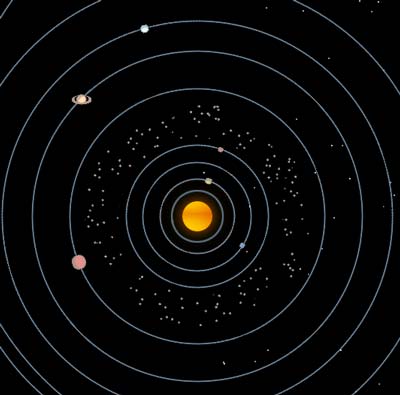Astronomical Tales
How a catalog of meaningless celestial objects became a treasure trove for astronomers
Charles Messier was one ambitious comet-hunter. But one of the problems he encountered while observing through his telescope was mistaking "faint fuzzy" objects for comets. Messier resolved to correct this situation by noting all comet-like objects that didn't move against the background stars of the constellations. He marked these carefully on a chart he kept, adding a few each year.
The first object he catalogued — Messier object #1, or M1 — is the famous Crab Nebula in Taurus, which looks just like the fuzzball of a distant comet, especially if it's rising in the dawn's early light. Of course, the Crab is now known to be a supernova remnant and one of the most spectacular objects in the sky. Its gas shell expands at velocities in the thousands of miles per second.Messier went on to catalogue 107 more objects, which includes the spectacular Orion Nebula (M42) — a blazing home of the birth of new stars — and our sister galaxy Andromeda Galaxy (M33), which is so close, large and bright it is the only galaxy consistently visible to the naked eye.
Because Messier's telescopes were not of the quality of today's instruments, he had no idea that his comet distraction would later be studied to prove that many of the fuzzy objects he documented are, in fact, massive island universes housing billions and billions of stars million and millions of light years away.
How do you talk a reluctant railroad tycoon into building the largest refracting telescope?
the answerLittle did Messier know that his catalog would be a treasure trove that amateur astronomers for generations would use to hunt down the most stunning wonders of the universe. In fact, the Messier Certificate is the first certification step for amateurs learning their way around the heavens. Locating , drawing, and identifying the 108 objects that Messier catalogued is the first benchmark for trained observers trying to prove their mettle with a telescope or binoculars.
 See an animation of the movement of planets in our solar system.
See an animation of the movement of planets in our solar system. See amazing views from space
See amazing views from space